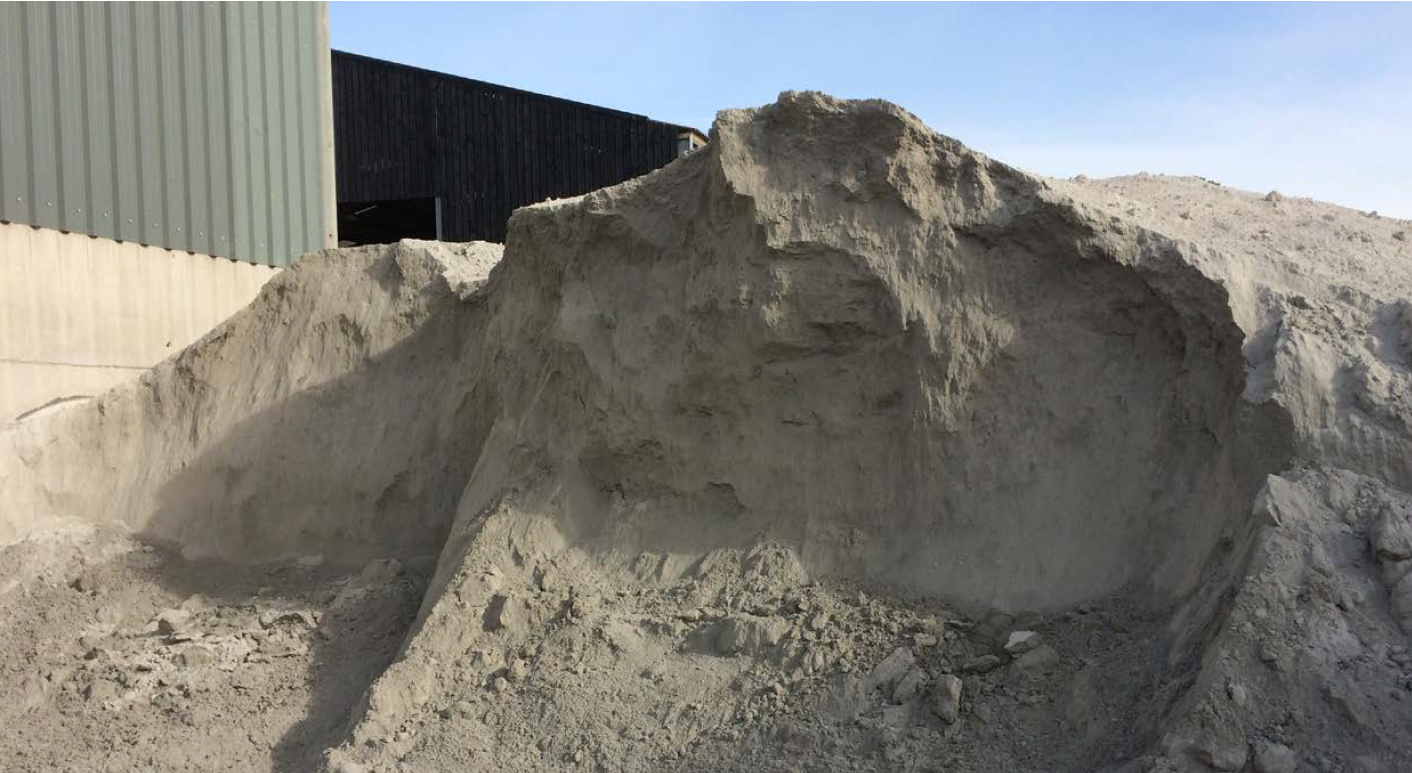Case Study 1
Converting MBM into fertilizer and electricity
SecAnim Bubbling Fluidised Bed Biomass Combustion Facility, Widnes, UK
The SecAnim facility safely disposes of Category 1 MBM produced from onsite rendering and external sources utillising fluidised bed combustion technology. The fluidised bed provides complete destruction of pathogens and protein. There is no waste and the < 0.1% carbon in the final ash, “KalFos” is used as a carbon neutral, high phosphate sustainable fertiliser. Renewable heat and power is derived from the biomass material, supplying steam and electricity for the site and electricity back onto the grid.
There is no waste and < 0.1% carbon in the final ash. “KalFos” is used as a carbon neutral, high phosphate sustainable fertiliser
Unique, integrated, compliant disposal of Category 1 MBM
-
MBM produced onsite is fed directly into
the combustion plant, via a closed system, providing the safest possible disposal. -
The fluidised bed technology provides the
complete destruction of pathogens and
protein, with zero carbon remaining in the
ash (KalFos).
Disposal of high organic content liquid wastes
-
The facility also provides disposal for high
organic strength liquids produced onsite
(and 3rd party), minimising any waste
leaving the site.
Production of renewable electricity; supplying
both the site and exporting to the grid
-
The facility produces up to 4 MW of
renewable electricity using two steam
turbines.
Supply of renewable CHP heat
-
Renewable heat is supplied to onsite
rendering processes, offsetting natural gas. -
The renewable heat offsets 20,000 tonnes of CO2 per year.
Production of carbon neutral, high in phosphate
sustainable fertiliser; KalFos
-
KalFos contains 24% P2O5 & 30% CaO
and provides several important trace
elements, including magnesium, potash,
sulphur & zinc. -
KalFos offsets 160kg CO2 per tonne
when used as an alternative to traditional
fertilisers. -
The phosphate found in KalFos is insoluble
in water, meaning it provides a slow release
of nutrients, and prevents any runoff into
nearby water courses.

Case Study 1 - Version 1, October 2021